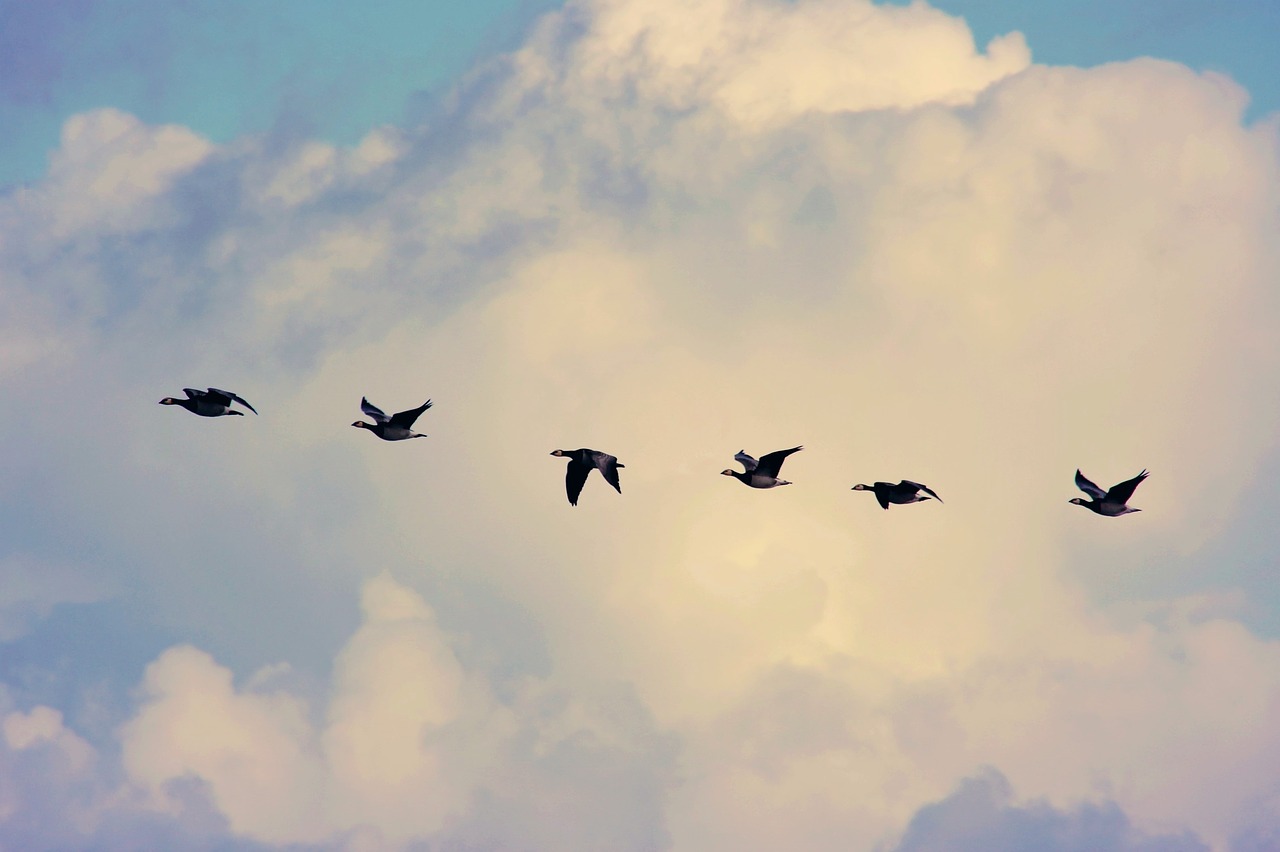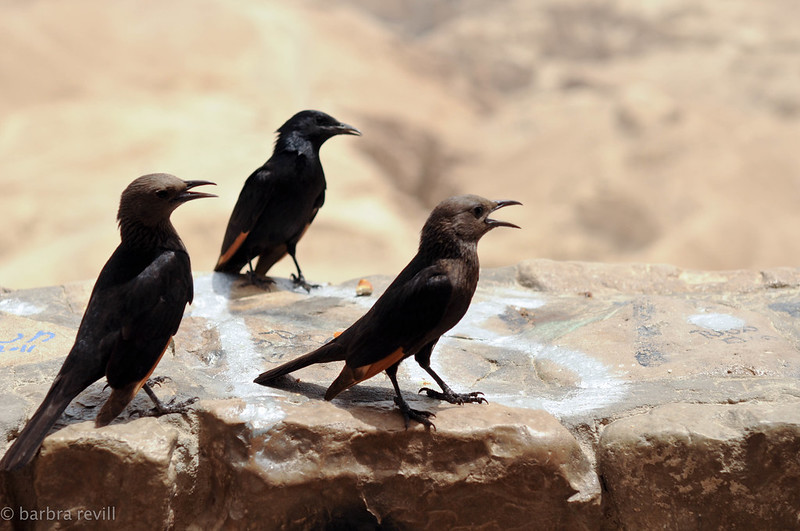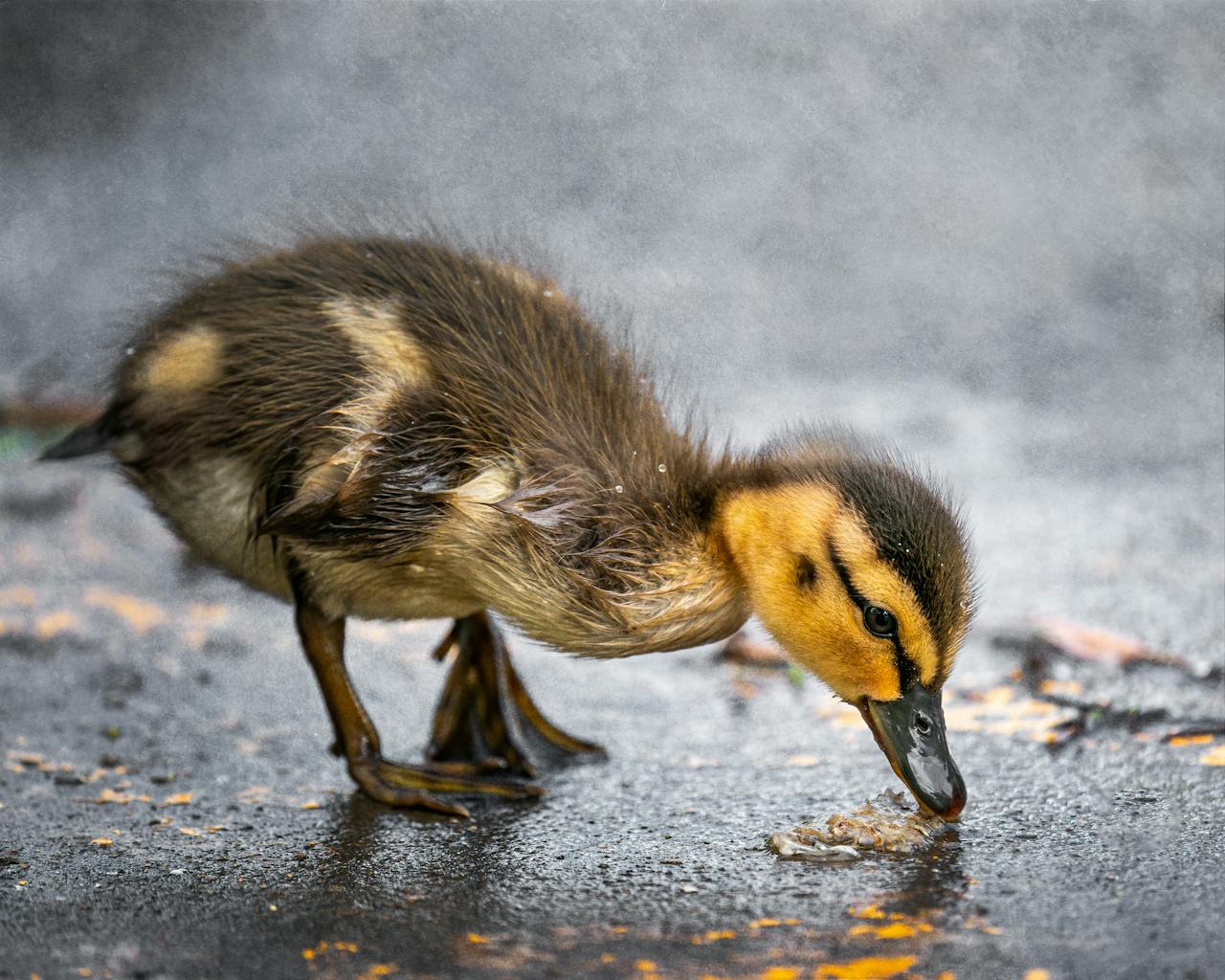Birds migrate because they want to find a better place to live. They want to find a place that has plenty of food, water and shelter. Most birds migrate at night. They can see where they are going in the dark better than during the day or when it is raining.
Tundra swans migrate because they need a place that is warmer than what they have at their home. They travel thousands of miles to warmer areas. Some tundra swans fly as far as 2,000 miles in one trip.
Migrating birds eat a lot of food while they are on their journey. Some birds eat nearly ten times more than they normally would when they are traveling. This is so they will have enough energy to make it all the way to their destination.
How Do Birds Know When to Migrate
Birds, like other animals and humans, have an internal biological clock called a circadian rhythm. This is the time that it takes for one full cycle of sleep and waking for an organism. In humans this cycle is about 24 hours long, so we tend to wake up at the same time every day. Circadian rhythms are affected by light and dark in order to keep on schedule throughout the year. The length of a day is also important because as days get longer in the summer, birds have more energy from extra sunlight and thus have an increased urge to migrate.
The increase in day length triggers a response in birds’ brains. This causes them to build up fat reserves that they will need during their migration and also keeps the female’s eggs warm while they are incubating. The shortening of daylight hours tells them it is time to begin migrating again. Another way that birds are thought to know when it’s time to leave is by sensing shifts in air pressure or water currents which signal changes in weather patterns.
Where Do Birds Migrate
Birds migrate all over the globe, and each species has its own migration pattern. Some birds are long distance migrants and travel thousands of miles every year to stay within their climate habitat. Other birds are short distance migrants and only travel within the same part of the country or continent.
Some birds even migrate in a circular direction, returning to the same area year after year. The most interesting thing about bird migration is that they don’t all migrate at the same time or to the same place. It’s almost like they have a schedule that they follow, but it’s not quite that simple. Below are some of the most common bird migration routes:
Arctic Terns and Other Birds of Northern North America
The Arctic tern is perhaps the most famous of all long-distance travelers. These birds migrate as far as 10,000 miles (16,000 kilometers) every year. Their route takes them first to Antarctica and then back to their breeding grounds in Alaska, Canada and Greenland. The entire trip is completed in less than nine months.
Birds of Northern Europe
More than 1 billion birds make their way over the Sahara Desert each year on what’s known as the Central European Flyway. These birds begin their journeys near Iceland and Norway in late summer or early fall and end up in West Africa by November or December.
Flyways in Eastern North America
There are two major flyways in eastern North America — one along the Atlantic Coast and another along the Mississippi River valley. Millions of birds migrate from Canada to Florida each year along these routes
How Far Birds Migrate
Birds can travel thousands of miles in a single year, but how far they migrate depends on where they live. Some birds don’t migrate at all. For example, the Australian magpie stays in one place the entire year. Turkey vultures and hummingbirds never leave North America. Other bird species migrate to other countries during the winter season.
The distance a bird can fly varies depending on its size and shape. Birds such as the Arctic Tern have long, narrow wings that enable them to fly faster and further than other birds. This is why they are able to travel so much farther each year than birds like the Wood Duck.
The longest recorded flight of any bird is almost 11,000 miles, which is over half way around the world! This was made by a Bar-tailed Godwit. It’s one reason why some people believe these birds are capable of such long journeys – they have evolved to be able to do it.
Which Bird Does Not Migrate
The non-migrating birds are those that reside only in the region they were born, like hummingbirds and cuckoos. They do not migrate because they have no need to go somewhere else to find food or a place to live. Most of the birds that do migrate are those that live in the north where there is winter and southern regions where there is summer.
The birds that do not migrate include robins, blue jays, orioles, and sparrows, among others. Migrating birds are those such as geese, swans, cranes, pelicans, eagles, and many more.
Why do birds fly south for the winter?
It’s a common question to ask, but it doesn’t have a simple answer.
Tropical birds often migrate for the same reasons animals do: to breed or to find food. In the case of many tropical birds, their migration patterns are assumed to be influenced by seasonal changes in food availability. Tropical birds tend to live in areas where fruit is available year-round, so they don’t have the same need to migrate in winter as those that eat other types of food, such as insects.
When do birds migrate in the fall?
Birds migrate from North America to South America in the spring and from South America to North America in the fall. The timing of the migration depends on a number of factors including weather, day length and food availability. Birds that are native to one continent, but live in the other during the winter season, are called migrants.
The timing of migration is influenced by the length of day and night. Birds that migrate northward will travel longer distances during periods of long days and short nights, while birds migrating southward will travel shorter distances during periods of short days and long nights.
Consequently, most birds begin their journey southward when days begin to shorten, reaching their peak numbers as fall progresses toward winter. The reverse is true for those heading northward; they reach their peak numbers as spring progresses toward summer.
In general, early fall and late spring migrations tend to be longer than those in mid-spring or mid-fall because food and weather conditions are more favorable at those times. Day length is also a factor; it affects when birds choose to migrate as well as how far they go. Longer days trigger sooner migrations and shorter ones cause later migrations.





Leave a Reply